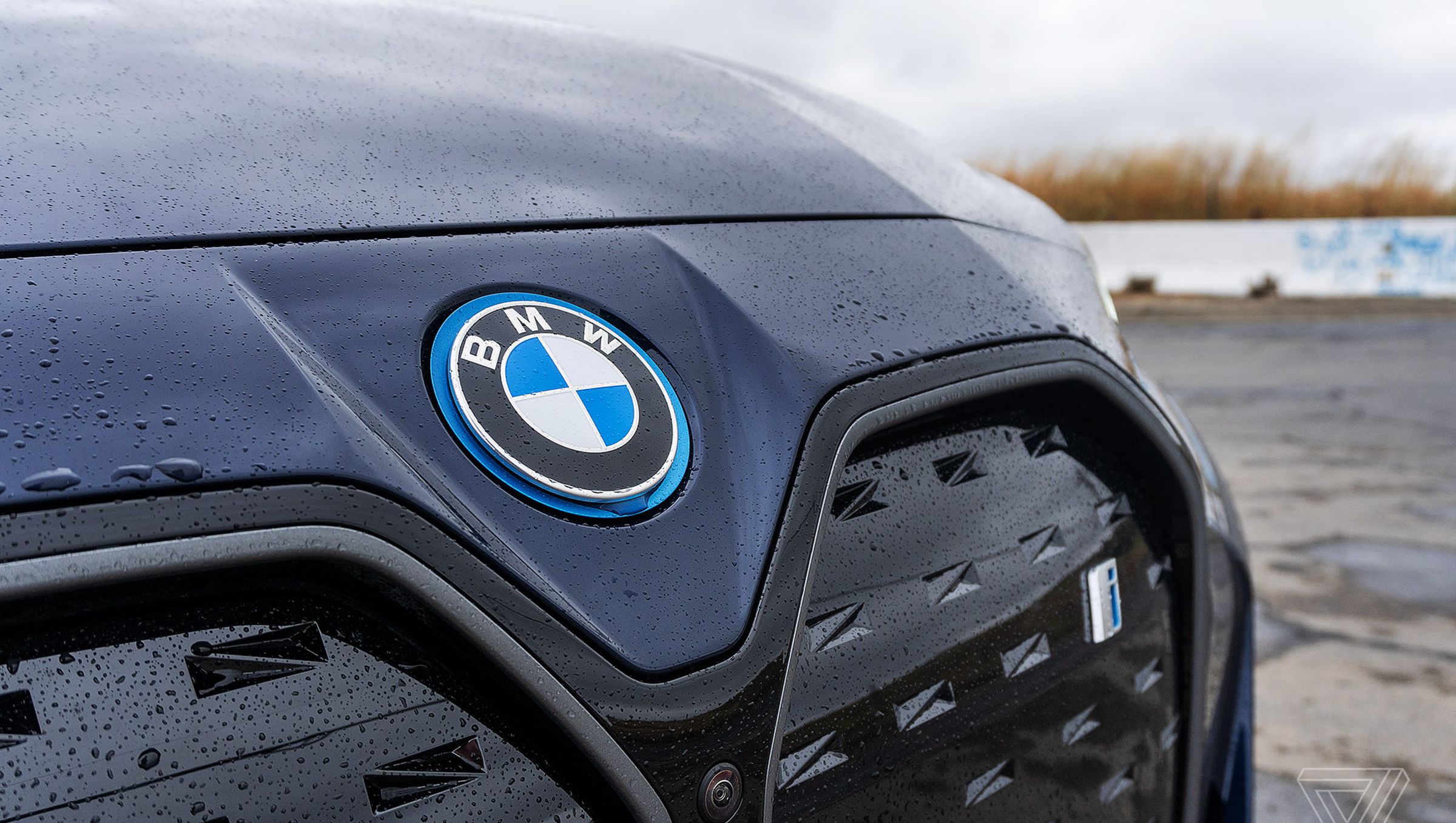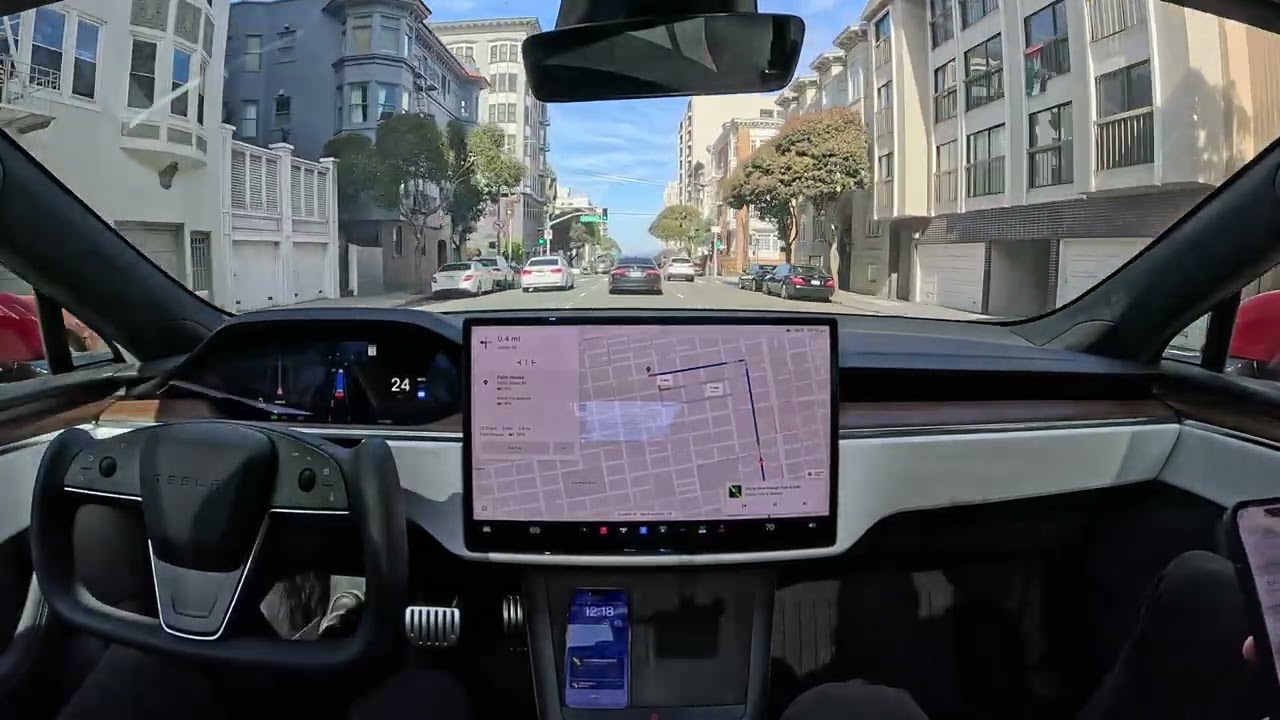BMW is enhancing driver safety in its self-driving vehicles by leveraging AI-powered tools from Cerence, a software firm specializing in automotive AI solutions. BMW will integrate Cerence’s Emergency Vehicle Detection (EVD) tool into its Level 3 Personal Pilot system to detect approaching emergency vehicles.
Level 3 automation, as defined by the Society of Automotive Engineers, occurs when a vehicle is in control of driving in certain, specific circumstances. Cerence’s EVD tool is designed to identify the unique sounds of emergency vehicles, automatically lowering the volume of in-car music and alerting the driver to pull over when such sounds are detected.
The EVD tool can detect siren signals up to 984 feet using interior vehicle microphones and up to 1,968 feet using exterior microphones. Cerence’s Chief Technology Officer, Iqbal Arshad, highlighted the role of autonomous systems in advancing AI-powered companions that can gather information and assist drivers in various situations.
Cerence’s suite of Audio AI technology includes tools to remove noise from audio inputs, improving the detection of potential sounds inside and outside the vehicle. The company also offers exterior-focused AI tools that allow drivers to interact with their vehicles from outside, such as closing the trunk using voice commands.
BMW’s Personal Pilot system controls the vehicle’s speed, maintains a safe distance from other road users, and uses Live HD mapping for environmental monitoring. Initially available in the 7 Series in Germany, BMW plans to expand its Level 3 vehicles. However, the Personal Pilot system has yet to receive approval for use on U.S. roads.
Cerence’s collaboration with BMW underscores the importance of advanced AI solutions in enhancing driving experiences and safety.






